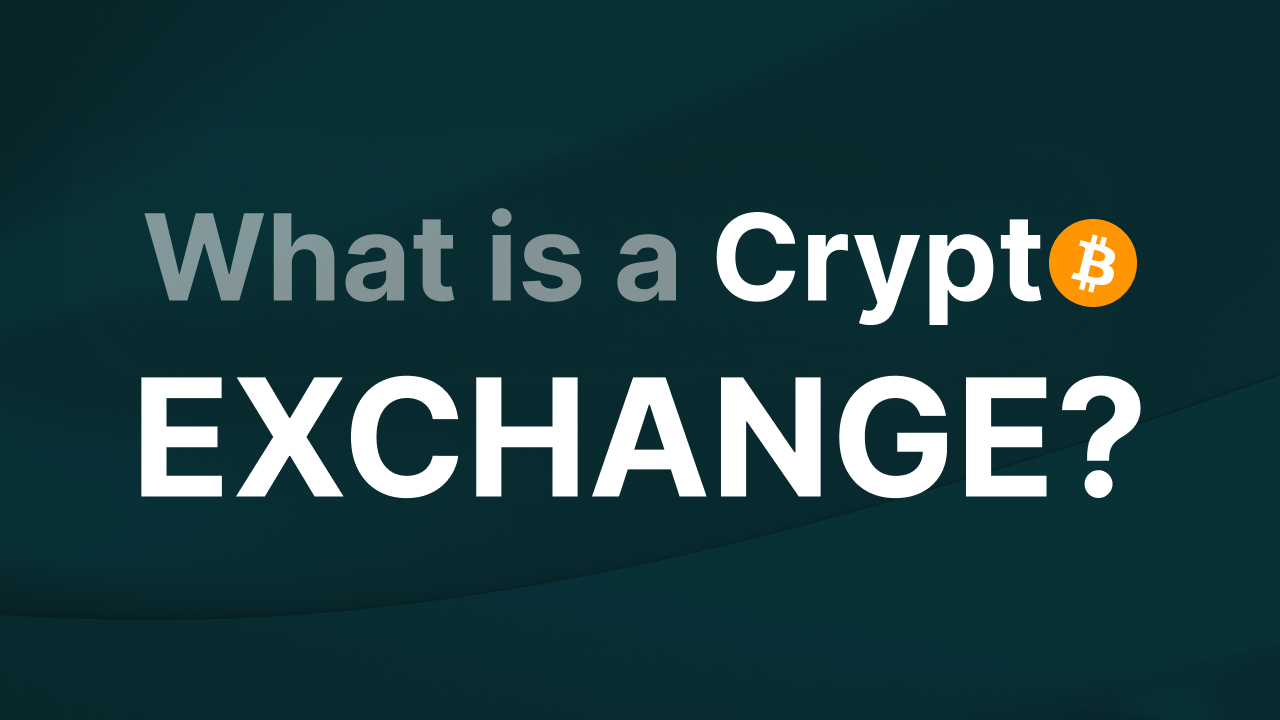O que é uma exchange de criptomoedas?

O que é uma exchange de criptomoedas?
Uma exchange de criptomoedas é uma plataforma online onde os usuários podem negociar criptomoedas. Essencialmente, é um mercado onde compradores e vendedores se encontram para trocar ativos digitais com base nos preços atuais de mercado. Pode ser comparada a uma bolsa de valores, mas em vez de ações, negocia-se criptomoedas como Bitcoin (BTC), Ethereum (ETH) ou Solana (SOL).
A maioria das exchanges também permite a negociação de pares de criptomoedas, ou seja, é possível trocar uma cripto por outra, como Bitcoin por Ethereum ou vice-versa.
Pontos principais
- Uma exchange de criptomoedas é uma plataforma para compra e venda de ativos digitais.
- Existem exchanges centralizadas (CEX), descentralizadas (DEX) e híbridas.
- Essas plataformas exigem, em geral, verificação de identidade (KYC) e permitem depósitos em moeda fiduciária ou cripto.
- As taxas, a liquidez e a segurança variam de acordo com a plataforma.
- Ao escolher uma exchange, é essencial considerar a usabilidade, regulamentação e criptos disponíveis.
Como funcionam as exchanges de criptomoedas?
As exchanges funcionam de maneira semelhante aos mercados financeiros tradicionais, mas com algumas diferenças importantes. Veja como funciona:
-
Criar uma conta: O primeiro passo é registrar-se na exchange. Isso normalmente envolve fornecer dados pessoais e passar pelo processo de verificação de identidade (KYC – “Conheça Seu Cliente”), especialmente em plataformas regulamentadas.
-
Depositar fundos: Após a criação da conta, é possível depositar fundos. A maioria das exchanges aceita depósitos em moeda fiduciária (como euros ou dólares) ou em criptomoedas. Algumas permitem transferências bancárias, cartões ou até mesmo PayPal.
-
Realizar ordens: O usuário pode então criar ordens de compra ou venda de criptomoedas.
-
Execução das transações: Quando o preço de compra coincide com o de venda, a exchange executa automaticamente a transação. A criptomoeda é transferida para o comprador, enquanto o valor em fiat ou cripto vai para o vendedor.
-
Retirar fundos: Após a negociação, os usuários podem transferir suas criptos para uma wallet pessoal ou converter para moeda fiduciária e enviar para sua conta bancária.
Qual a diferença entre uma corretora de criptomoedas e uma exchange?
Uma exchange permite que os usuários negociem diretamente entre si, por meio de um livro de ordens que organiza oferta e demanda. Já uma corretora de criptomoedas atua como intermediária: você compra ou vende diretamente da corretora a um preço fixo determinado por ela. Isso é mais simples e ideal para iniciantes. Em resumo: exchanges são voltadas para traders ativos, corretoras para conveniência.
Tipos de exchanges de criptomoedas
Existem diferentes tipos de exchanges, cada uma adaptada a um perfil de usuário e estilo de negociação. Veja as principais:
Exchanges centralizadas (CEX)
São as mais comuns. Operadas por uma empresa centralizada, atuam como intermediárias entre compradores e vendedores. Costumam oferecer maior liquidez, facilitando a negociação de grandes volumes com pouca variação de preço.
Vantagens:
- Alta liquidez e transações rápidas
- Interface amigável
- Suporte para depósitos e saques em moeda fiduciária
Desvantagens:
- Os usuários não controlam suas chaves privadas (a exchange controla)
- Exigem KYC e estão sujeitas à regulamentação
Exchanges descentralizadas (DEX)
Operam sem autoridade central. Utilizam tecnologia blockchain para viabilizar negociações peer-to-peer, ou seja, diretamente entre usuários, sem intermediários. Estão ganhando popularidade por oferecerem mais privacidade e segurança.
Exemplos: Uniswap, PancakeSwap, SushiSwap.
Vantagens:
- Controle total das chaves privadas
- Maior privacidade (geralmente sem necessidade de KYC)
- Menor risco de falhas únicas
Desvantagens:
- Menor liquidez (os usuários precisam fornecer liquidez)
- Menos acessível para iniciantes
- Suporte limitado a moedas fiduciárias
Exchanges híbridas
Buscam unir o melhor das exchanges centralizadas e descentralizadas. Combinam a liquidez e usabilidade de CEX com o controle e a segurança das DEX.
Ainda são novas, mas visam superar as limitações dos modelos existentes.
O que considerar ao escolher uma exchange?
Ao escolher uma plataforma, leve em conta os seguintes fatores:
-
Segurança: A proteção dos fundos é essencial. Procure exchanges com medidas de segurança robustas como autenticação em dois fatores (2FA), Prova de Reservas (PoR) e segregação de ativos.
-
Taxas: As exchanges cobram taxas por negociações, depósitos e retiradas. Consulte nossa página de comparação de taxas. Exemplos:
- Taxas de negociação: Percentual por transação
- Taxas de depósito/retirada: Para movimentar os fundos
-
Experiência do usuário: Para iniciantes, uma interface simples e intuitiva é fundamental. A plataforma deve ser fácil de navegar e entender.
-
Criptomoedas disponíveis: Nem todas as exchanges oferecem todos os ativos. Verifique se os ativos de seu interesse estão disponíveis. A maioria inclui Bitcoin e diversos altcoins.
-
Liquidez: Alta liquidez permite negociações rápidas e com preços estáveis. Exchanges maiores tendem a ter maior liquidez devido ao número de usuários.
-
Regulamentação: Algumas exchanges são reguladas, outras não. As reguladas oferecem maior proteção, mas exigem KYC e cumprem leis rigorosas.
Como começar a usar uma exchange?
Veja os passos iniciais:
-
Escolher uma exchange: Compare as opções com base em taxas, ativos, segurança e usabilidade.
-
Criar uma conta: Registre-se e conclua a verificação de identidade, se necessário.
-
Depositar fundos: Você pode depositar moeda fiduciária (como euro ou dólar) ou criptomoedas. A maioria aceita transferência bancária, cartão ou PayPal.
-
Realizar uma operação: Após o depósito, escolha o tipo de ordem e selecione a criptomoeda para negociar.
Considerações finais
Uma exchange de criptomoedas é parte essencial do ecossistema cripto. É a porta de entrada para a negociação de ativos digitais. Seja você um iniciante ou trader experiente, uma boa plataforma oferece os recursos necessários para participar com segurança neste mercado crescente.
Ao escolher uma exchange, priorize a segurança, taxas e liquidez. Sempre pesquise bem antes de negociar. Com a plataforma certa, você pode explorar o mundo das criptomoedas com confiança e responsabilidade.




